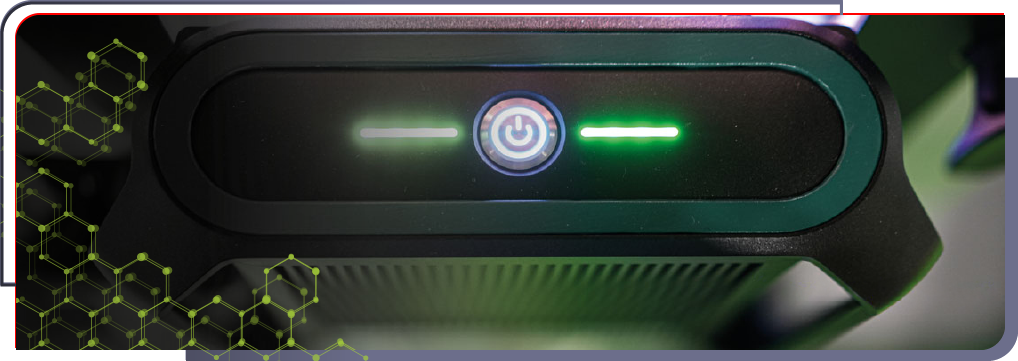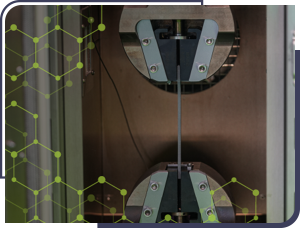
Introducing Vector – the Future of Extensometry
You Will Learn How To:
Integrating adaptive AI capabilities with optical hardware is a real step change in the extensometry used within material testing environments. Onboard AI enables truly zero touch operation, with a dynamic response to different specimen appearance and behavior.
This groundbreaking non-contact, high-accuracy measurement technique is enabling the advancement of a digital, data-driven process across a wide range of sectors within the entire material testing industry.
Overview
Using the VectorExtensometer that incorporates adaptive AI capabilities as an example, this white paper discusses how digital extensometer technology eliminates the common disadvantages of mechanical extensometers to better harness test data as well as improve pattern recognition and tracking algorithms.
The intelligent capabilities of this enhanced extensometer efficiently address practical problems by enabling seamless switching between test and validation mode and eliminating the need to alter the setup for specimens of different sizes, shapes and thicknesses. Its stereoscopic sensing detects machine or specimen misalignment and negates out-of-plane errors, and it features simple integration via on-board processing to eliminate all external control platforms.



